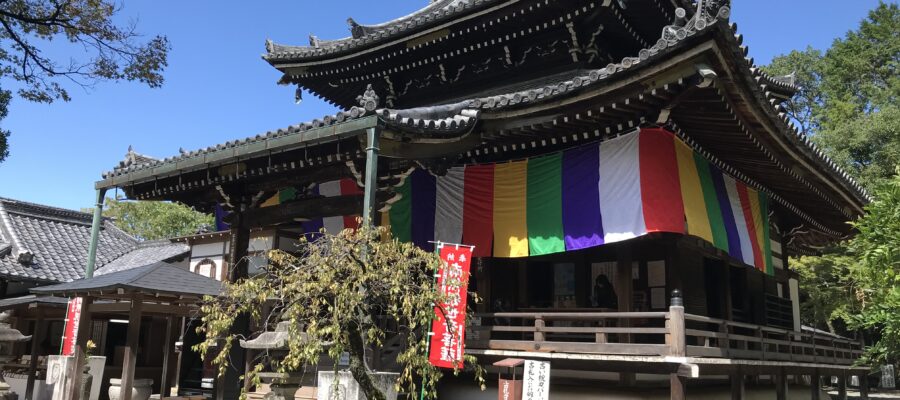泉涌寺に向かう長い参道
東福寺の塔頭寺院でお庭を眺めた後、徒歩で途中何度も迷いながら泉涌寺へ向かう道すがら、今熊野観音寺を訪ねました。西国第15番霊場になります。泉涌寺に向かっていると左手にひらがなで「いまくまの」と書いた標識が目印です。
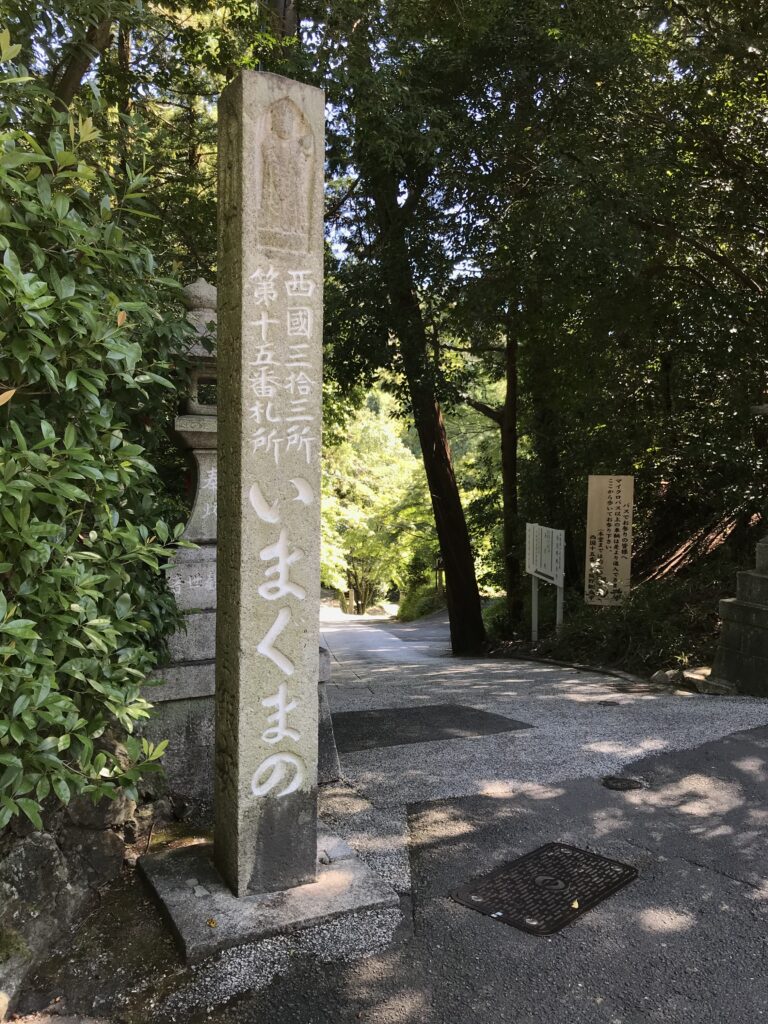
通じる道
そこから更に歩いていきますと、赤い欄干の橋を通り、歩いていくとお寺の門に至ります。中はひっそりしていて訪れる方も少なそうです。縁起を読むと、852年頃に嵯峨天皇の勅願によって弘法大師が開創されたとのことです。
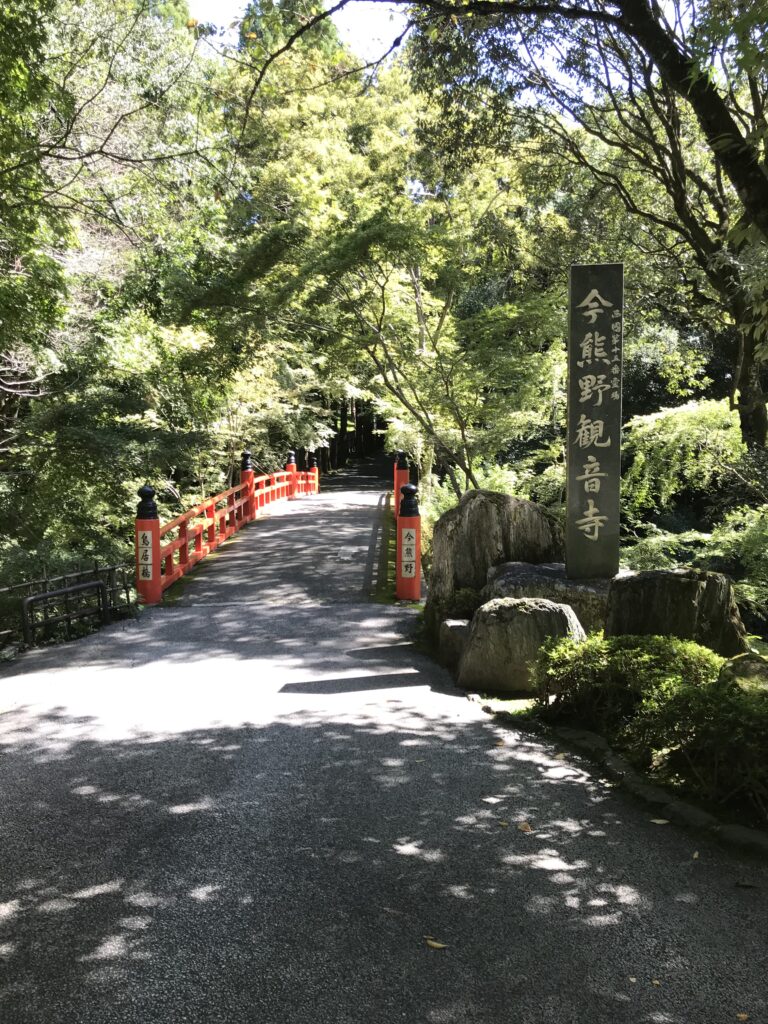
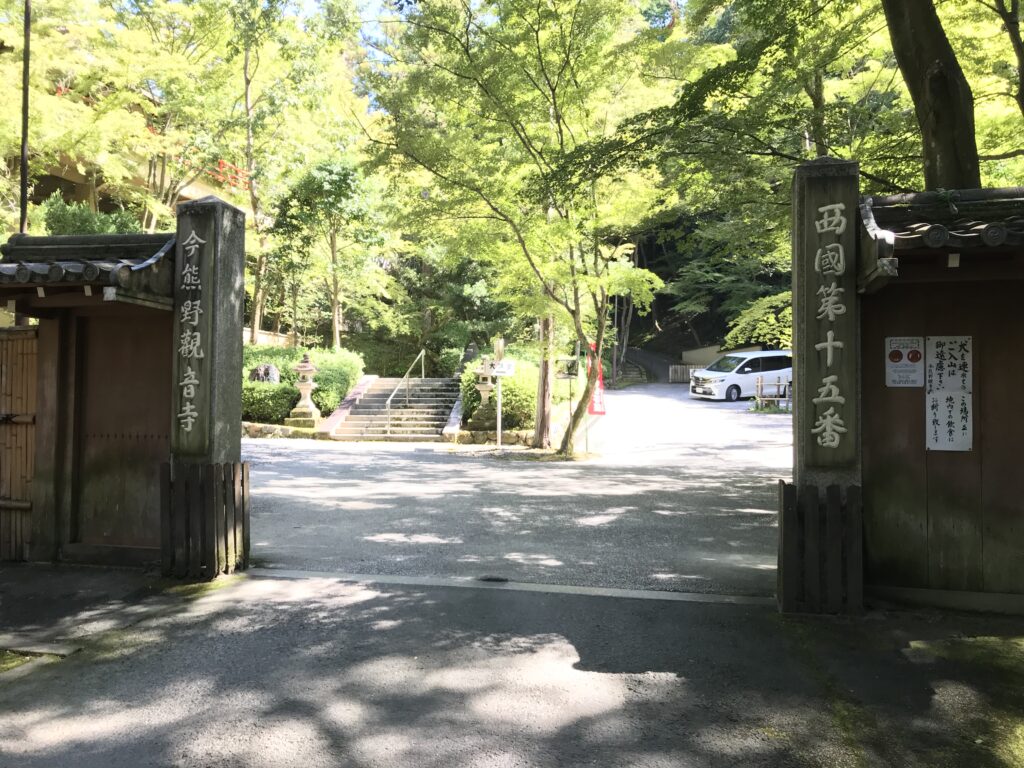
秘仏の十一面観音さま
御本尊は弘法大師が御作と伝えられる十一面観世音菩薩ですが、秘仏となっており直接拝むことはできません。日本は秘仏が多いので、お目にかかることができず残念なことが多いのですが、その分、ありがたさが増すのかもしれません。
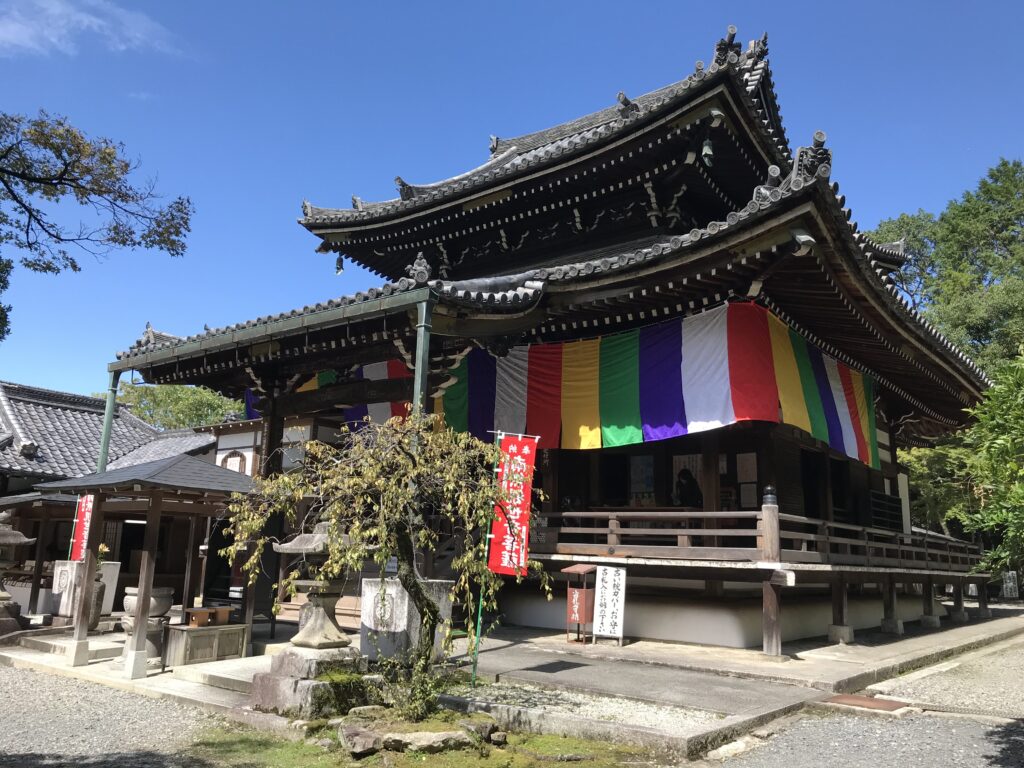
境内でひときわ目立つ立派な本堂は、江戸時代に建てられた物で、お参りした後、御朱印をいただきました。青空がさえわたる中、5色の幕が一段と鮮やかに見えます。天気がいいだけで、すごく得した気分になります。
ここは大師堂の前に立たれる「ぼけ封じ観音」も有名です。自分にはちょっと早いかなと思いつつ、この先、大丈夫なようにとお願いしてきました。(完)
今熊野観音寺の御朱印
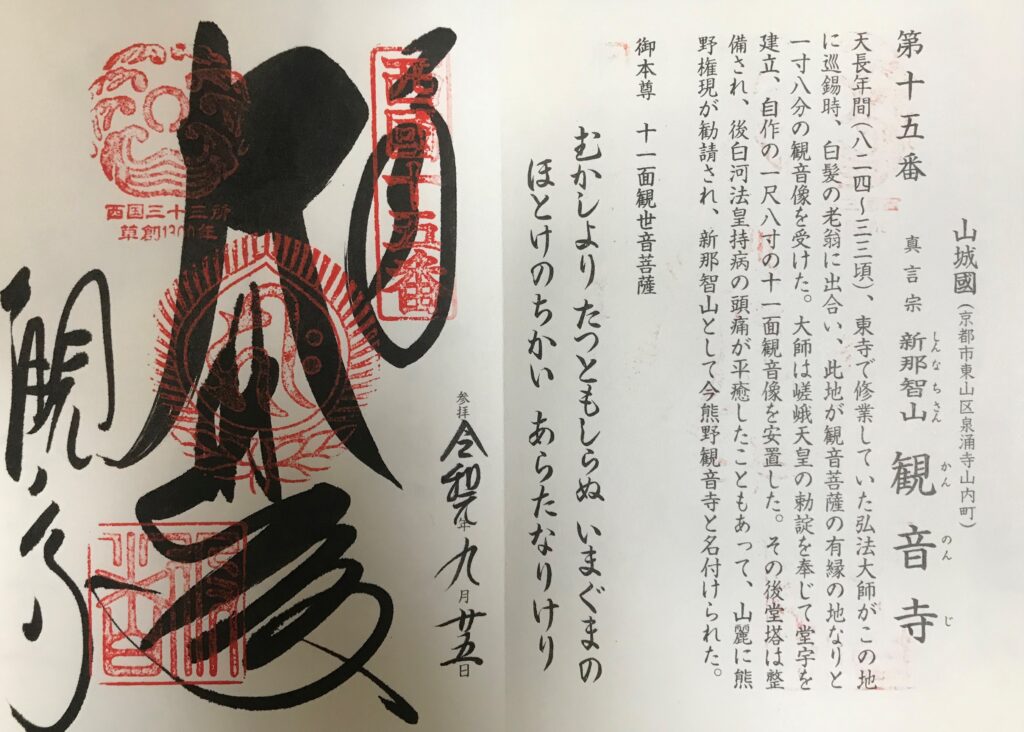
今熊野観音寺が紹介されている書籍
神仏霊場会の公式ガイドブックに今熊野観音寺が紹介されています。
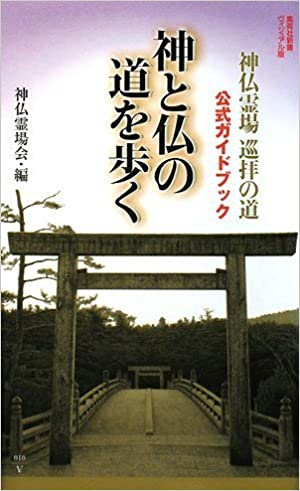
神と仏の道を歩く 神仏霊場巡拝の道公式ガイドブック (集英社新書ヴィジュアル版) [ 神仏霊場会 ]
価格:1,466円
(2021/5/6 09:24時点)
感想(5件)
Imakumano Kannonji Temple (English)
The long approach to Sennyuji Temple
After admiring the garden at the Tofukuji temple, I visited Imakumano Kannonji Temple on the way to Sennyuji Temple, getting lost many times on the way. This is the 15th sacred site in the western part of Japan. On the way to Sennyuji Temple, you will see a sign on your left with the word “Imakumano” written in hiragana.
From there, I walked further, passing a bridge with a red railing, which led me to the gate of the temple. The inside of the temple is quiet and not many people seem to visit. The temple was founded around 852 by Kobo Daishi at the request of Emperor Saga, according to the temple’s history.
The Eleven-Faced Kannon, a Secret Buddha
The main image is the eleven-faced Avalokitesvara Bodhisattva, which is said to have been created by Kobo Daishi, but it is a secret Buddha and cannot be seen directly. In Japan, there are many secret Buddhas, so it is often a pity that I cannot see them, but perhaps that makes it all the more gratifying.
The magnificent main hall that stands out in the precincts of the temple was built in the Edo period, and after visiting the temple, I received a red seal. In the clear blue sky, the five-colored curtain looked even more vivid. I felt like I was getting a lot out of just having good weather.
The temple is also famous for the “Dementia-Free Kannon” standing in front of the Daishi Hall. I thought it might be a little early for me, but I asked for help so that I would be okay in the future.
Temple Imakumano Kannonji (Français)
La longue approche du temple Sennyuji
Après avoir admiré le jardin du temple Tofukuji, j’ai visité le temple Imakumano Kannonji sur le chemin du temple Sennyuji, me perdant plusieurs fois en chemin. Il s’agit du 15e site sacré de la partie occidentale du Japon. Sur le chemin du temple Sennyuji, vous verrez un panneau sur votre gauche avec le mot “Imakumano” écrit en hiragana.
De là, j’ai continué à marcher, passant un pont avec une balustrade rouge, qui m’a conduit à la porte du temple. L’intérieur du temple est calme et peu de gens semblent le visiter. Le temple a été fondé vers 852 par Kobo Daishi à la demande de l’empereur Saga, selon l’histoire du temple.
Le Kannon à onze visages, un bouddha secret
L’image principale est le bodhisattva Avalokitesvara à onze visages, qui aurait été créé par Kobo Daishi, mais c’est un bouddha secret et on ne peut pas le voir directement. Au Japon, il y a beaucoup de bouddhas secrets, c’est pourquoi il est souvent dommage de ne pas pouvoir les voir, mais cela n’en est que plus gratifiant.
La magnifique salle principale qui se détache dans l’enceinte du temple a été construite à l’époque Edo, et après avoir visité le temple, j’ai reçu un sceau rouge. Dans le ciel bleu clair, le rideau à cinq couleurs était encore plus éclatant. J’avais l’impression que le simple fait d’avoir du beau temps m’apportait beaucoup.
Le temple est également célèbre pour le “Kannon sans démence” qui se trouve devant le Daishi Hall. J’ai pensé que c’était peut-être un peu tôt pour moi, mais j’ai demandé de l’aide pour que tout aille bien à l’avenir.
